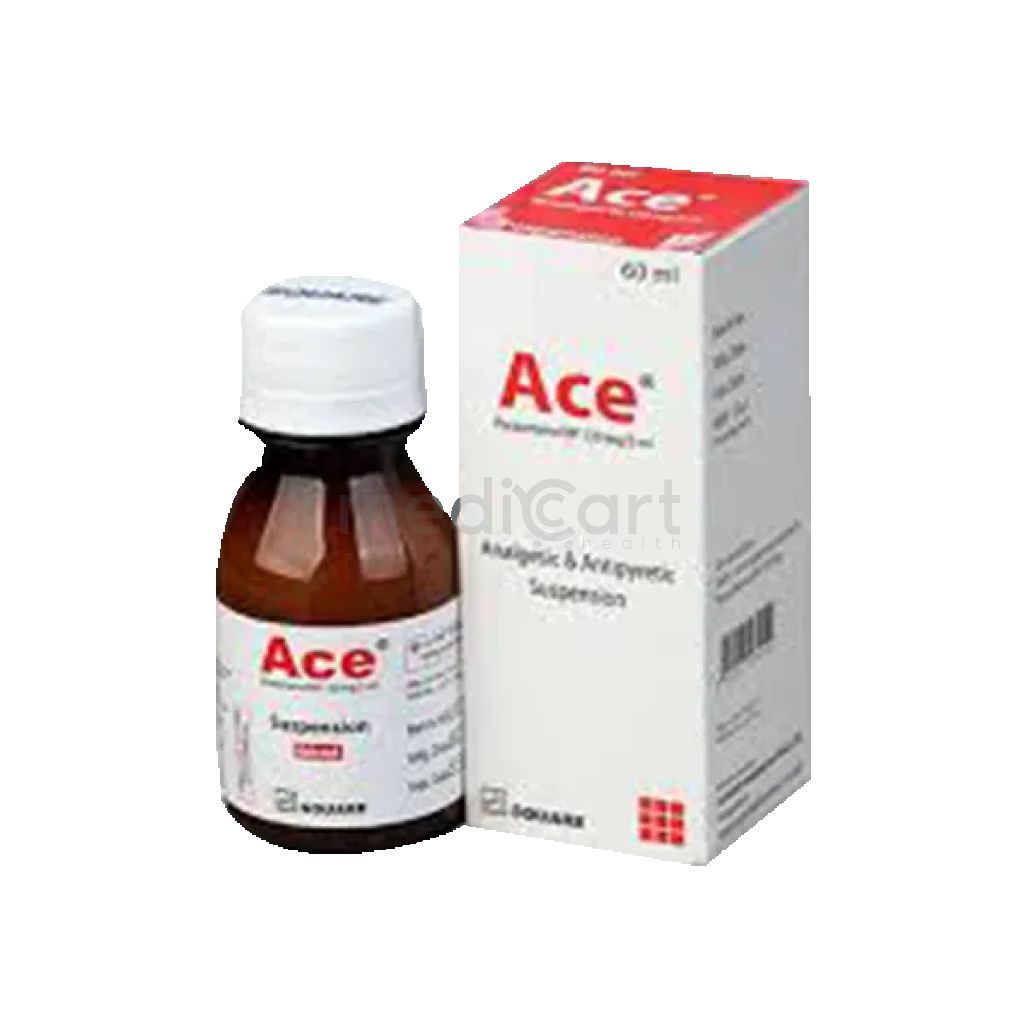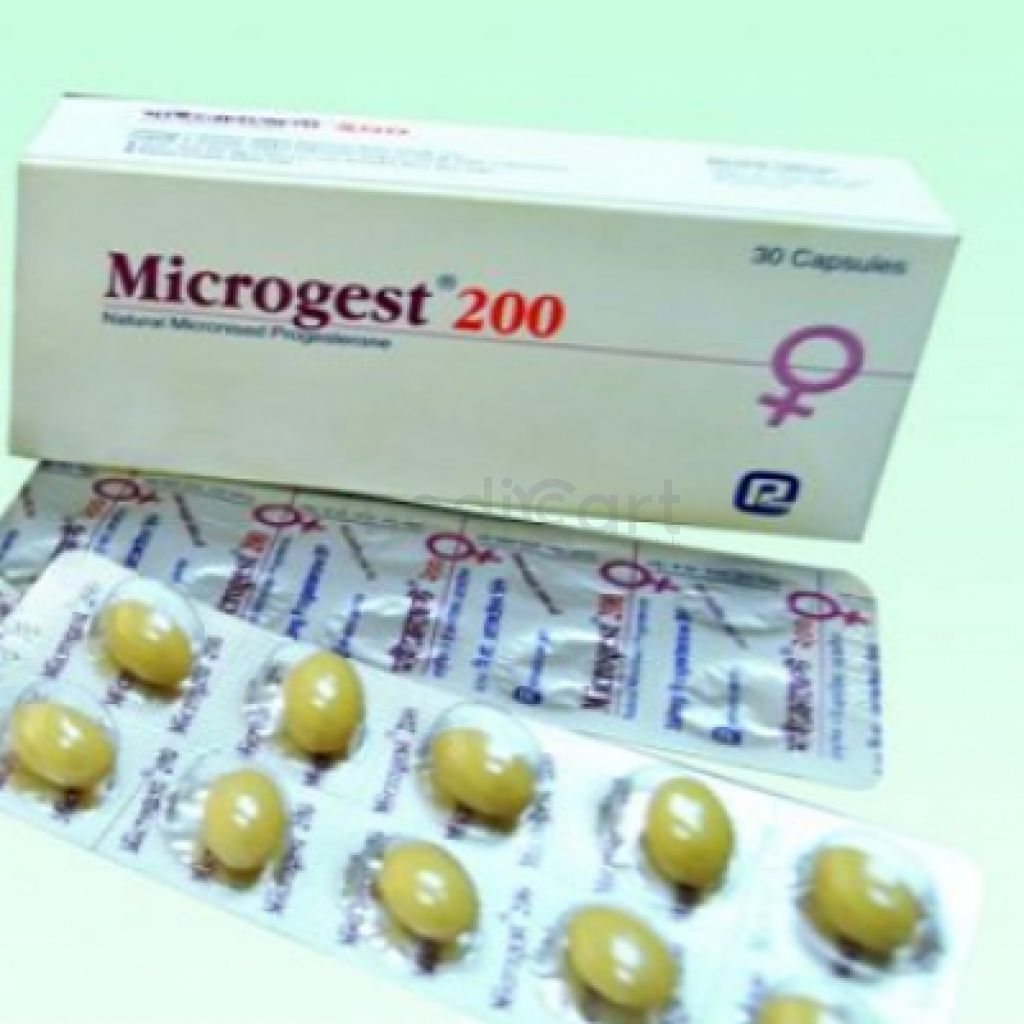

Renova - 250mg
Suppository
Pack Size :
5 Suppository x 1 Strip
Generics :
Paracetamol
Manufacturer :
Opsonin Pharma Ltd.
Best Price *
TK
25.15
* Delivery will be done in Dhaka city only.
Alternative Product
More Information About - Renova - 250mg
Description
Generic Name
ParacetamolPrecaution
Patient w/ chronic alcoholism, known G6PD deficiency, severe hypovolaemia, chronic malnutrition. Renal and hepatic impairment. Pregnancy and lactation. Monitoring Parameters Monitor serum paracetamol levels esp when acute overdosage is suspected and w/ long-term use.Indication
Fever, Mild to moderate pain, osteoarthritis, rheumatoid arthritis, chronic low back pain, Renal stone pain, neuropathic pain, toothache, migraine, postoperative mild to moderate pain.Contra Indication
Hypersensitivity.Dose
N/ASide Effect
Thrombocytopenia, leucopenia, pancytopenia, neutropenia, agranulocytosis, pain and burning sensation at inj site. Rarely, hypotension and tachycardia. Potentially Fatal: Stevens-Johnson syndrome, toxic epidermal necrolysis, acute generalised exanthematous pustulosis, acute renal tubular necrosis and hepatotoxicity.Pregnancy Category
Name : B
Description
Animal reproduction studies have failed to demonstrate a risk to the fetus and there are no adequate and well-controlled studies in pregnant women OR Animal studies have shown an adverse effect, but adequate and well-controlled studies in pregnant women have failed to demonstrate a risk to the fetus in any trimester.Mode of Action
Paracetamol exhibits analgesic action by peripheral blockage of pain impulse generation. It produces antipyresis by inhibiting the hypothalamic heat-regulating centre. Its weak anti-inflammatory activity is related to inhibition of prostaglandin synthesis in the CNS.Interaction
May reduce serum levels w/ anticonvulsants (e.g. phenytoin, barbiturates, carbamazepine). May enhance the anticoagulant effect of warfarin and other coumarins w/ prolonged use. Accelerated absorption w/ metoclopramide and domperidone. May increase serum levels w/ probenecid. May increase serum levels of chloramphenicol. May reduce absorption w/ colestyramine w/in 1 hr of admin. May cause severe hypothermia w/ phenothiazine.Pregnancy Category Note
Pregnancy Drug crosses placenta and can be detected in cord blood, newborn serum, and urine immediately after delivery Increased risk of teratogenic effects not reported following maternal use of drug during pregnancy Use of normal doses during pregnancy not associated with increased risk of miscarriage or still birth; however, increase in fetal death or spontaneous abortion may be seen with maternal overdose if treatment delayed Wheezing and asthma in early childhood associated with frequent maternal use of drug during pregnancy Lactation Drug is excreted in milk; in general, breastfeeding is generally acceptable if relative infant dose (RID) is <10%; avoid breastfeeding when RID>25%Adult Dose
Oral Mild to moderate pain and fever Tablet Adult: 1 - 2 tablets every 4 to 6 hours up to a maximum of 4 g (8 tablets) daily Extended Release (XR) Tablet Adults: 2 tablets, swallowed whole, every 6 to 8 hours (maximum of 6 tablets in any 24 hours). Syrup/Suspension: Adults: 4-8 Measuring spoonful 3-4 times daily; Rectal Suppository Adults: 500 mg-1 g every 4-6 hours to a maximum of 4 g daily.Child Dose
Oral Mild to moderate pain and fever Tablet Children (6 - 12 years) : 1/2 to 1 tablet 3 to 4 times daily Extended Release (XR) Tablet Children over 12 years: 2 tablets, swallowed whole, every 6 to 8 hours (maximum of 6 tablets in any 24 hours). Syrup Mild to moderate pain and fever Children: 3 months - <1 year : 60 - 120 mg (1/2 - 1 measuring spoonful), 1 - 5 years : 1 - 2 measuring spoonful 6 - 12 years : 2 - 4 measuring spoonful Children: 2 months: 60 mg (1/2 measuring spoonful) for post immunization pyrexia; Paediatric Drops Mild to moderate pain and fever Children Up to 3 months: 0.5 ml (40 mg) 4 to 11 months: 1.0 ml (80 mg) 1 to <2 years: 1.5 ml (120 mg) 2 to 3 years: 2 ml (160mg) 4 to 5 years: 3 ml (240 mg) Dose can be repeated, every 4 hours. Rectal Mild to moderate pain and fever Suppository Children: 3 months-<1 year: 60-125 mg 1-<5 years: 125-250 mg 5-12 years: 250-500 mg These doses may be repeated every 4-6 hours as necessary (maximum 4 doses in 24 hours). Children over 12 years: 500 mg-1 g every 4-6 hours to a maximum of 4 g daily. Post-immunisation pyrexia Child: 2-3 mth 60 mg. If necessary, a 2nd dose may be given after 4-6 hr.Renal Dose
N/AAdministration
May be taken with or without food.Disclaimer
The information provided herein are for informational purposes only and not intended to be a substitute for professional medical advice, diagnosis, or treatment. Please note that this information should not be treated as a replacement for physical medical consultation or advice. Great effort has been placed to provide accurate and comprehensive data. However, Medicart along with its authors and editors make no representations or warranties and specifically disclaim all liability for any medical information provided on the site. The absence of any information and/or warning to any drug shall not be considered and assumed as an implied assurance of the Company.










